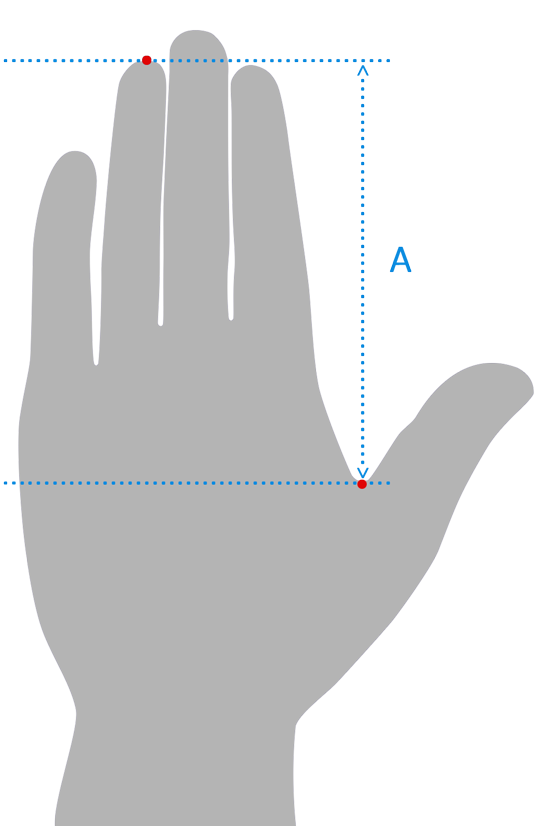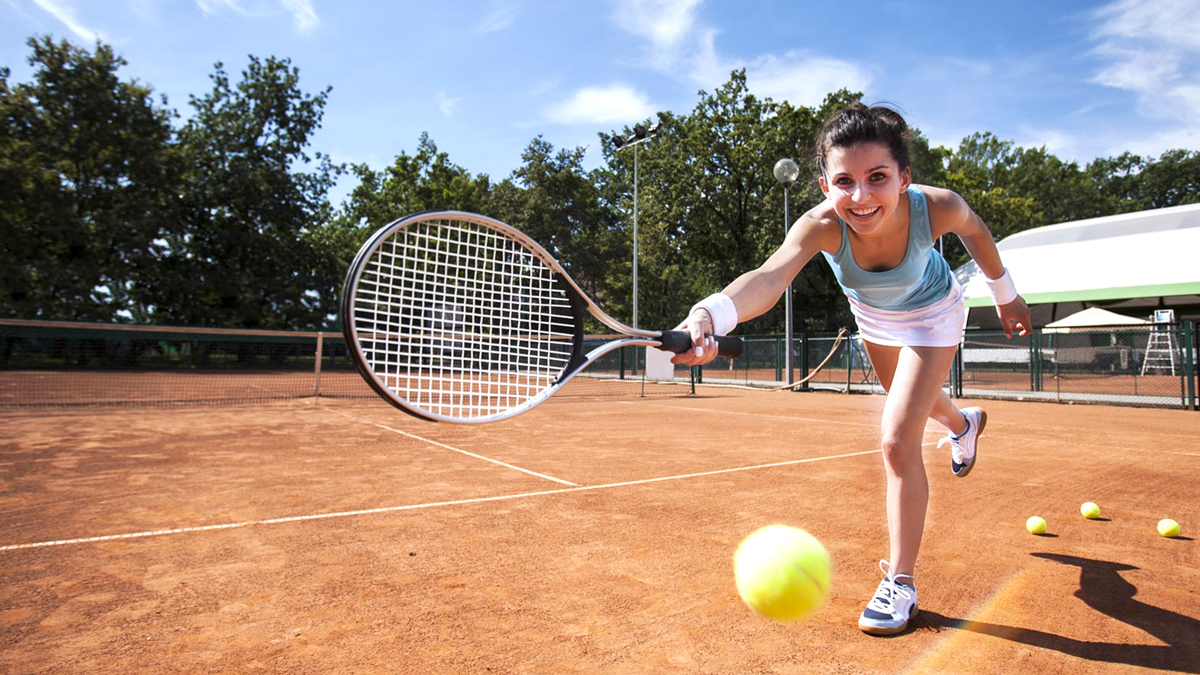How to Choose the Right Tennis Racquet
With so many tennis racquets on the market, choosing the right one can be intimidating. Should you purchase an ultra-light racket? Is your game better suited to a heavier model? And what about all those high-tech features that manufacturers love to talk about? It's simple to say that a suitable tennis racquet will compliment your playing style and help as you strive to improve your game
How to choose grip size
Grip sizes range from L0 to L5, the sizes increase respectively from smallest to largest. The most common men's grip size is L4, L5 can be used by men with larger hands, while L3 is most common among women's players and is suitable for men with smaller hands.

A - length in millimeters
- 100 - 102 mm = size 0 (kids, women with particularly small hands)
- 103 - 105 mm = size 1 (kids, women with small hands)
- 106 - 108 mm = size 2 (women, men with smaller hands)
- 109 - 111 mm = size 3 (men, women with slightly larger hands)
- 112 - 114 mm = size 4 (average men's size)
- 115 - 117 mm = size 5 (men with larger hands)
Children
Kid’s tennis racquets come in different sizes for kids up to 13-14 years old. Racquets differ in many parameters such as length or head size. A proper selection of kid’s racquet is essential, because the right racquet can ease tough beginnings.
When choosing, you should focus on two main things - child’s height and experience. The better the skill, the longer the racquet can be.
| Player's Height | Racquet Size | Racquet Length |
|---|---|---|
| 80 cm | 17” | 43 cm |
| 100 cm | 19” | 48 cm |
| 110 cm | 21” | 53,5 cm |
| 120 cm | 23” | 58 cm |
| 130 cm | 25” | 63,5 cm |
| 140 cm | 26” | 66 cm |
the table is a general guide only and states approximate values
Beginners
Beginners are not only those players who have just began playing tennis, but also those who play infrequently. They may have difficulties with stroke technique, hitting the ball and may be uncertain in general. They play only couple of times a year.
Ideal racquet properties
- the racquet weight is max. 260 g for better manoeuvrability
- larger head measuring 660 cm2 for easier hits
- frame stiffness RA70 and more
- balance more than 345 mm allows stronger strokes

Intermediates
Intermediates are frequent players who managed the stroke technique and have stronger stroke. Beginner’s racquets feel insufficient.
Ideal properties
- racket weight 260 g – 300 g
- smaller head size for more precise and faster stroker – 600 cm2 and less
- frame stiffness RA60 – RA70 (stiffer frames transmit more impact shock, which should be prevented with more frequent playing)
- frame balance 345 – 330 mm allows for more technical play
Professionals
Professionals have already mastered their technique. They are trained players who expect the racquet to have certain properties and have high demands.
Ideal properties:
- racket weight for more force and better swing is 300 g and more
- small head is precise and very fast – 645 cm2 and smaller
- frame stiffness RA50 – RA60 – very flexible frame with additional dampening system
- balance 330 mm and less provides maximum manoeuvrability
